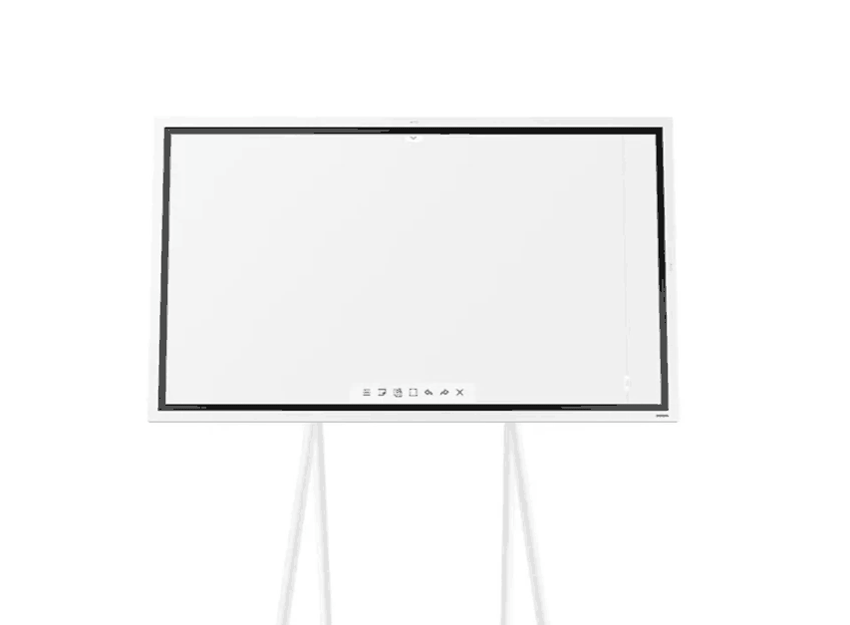
We also use white and black windows ranging from 2% to 90% to test how well the contrast holds up while displaying varying degrees of brightness. To get a sense of the TV’s average performance, we use a standard ANSI checkerboard pattern for most of our basic contrast tests. For example, you might experience a brighter picture with a different mode enabled, but it may negatively affect color temperature and overall color accuracy.įor additional context, I also ran some tests in the TV’s Movie picture mode, but those results are not reported below. We’ve chosen this setting because of its accuracy, but performance may vary depending on which picture mode is enabled. In addition, the TV received the latest firmware updates at the time of testing.įor both SDR and HDR tests, we’re using the Q80B’s Filmmaker picture mode. Our 55-inch Q80B received this standard warm-up time before any readings were taken. We started with the Q80B’s Filmmaker picture mode for both SDR and HDR tests, ensuring an accurate assessment.īefore testing each TV, we make sure the panel is on and receiving a continuous signal for at least 2 hours. In a pinch, you can charge the remote via its USB-C port. The Q80B ships with the newest version of Samsung’s Solar Cell remote control, which features a rechargeable lithium-ion battery that pulls in power from indoor/outdoor light and RF waves from routers. Despite the similarities between the two formats, Dolby Vision is still the more prolific format. Like all Samsung TVs, the Q80B does not support Dolby Vision, and instead supports HDR10+, a royalty-free format that uses metadata to optimize the picture in a similar way. Other features: AMD FreeSync Premium Pro, Q-Symphony support, Samsung Gaming Hub, Samsung Game Bar, Multi View, Ambient Mode+, Samsung Health, Amazon Alexa, Google Assistant.Color: DCI-P3 color space/10-bit chroma resolution.Native refresh rate: 120Hz (50-inch model has a 60Hz panel).Display type: Full-array LED with local dimming and quantum dots (ADS-style panel).Next, let’s take a look at the Q80B’s key hardware and software specifications:

Different panel types can affect performance, particularly contrast and off-axis viewing. It is our understanding the smallest and largest sizes use a VA panel instead. In addition, our 55-inch Q80B uses an ADS panel, a variant of the IPS panel type. A difference in zone count could spell slight differences in how they perform, particularly when it comes to contrast. While we don’t expect there to be major differences in performance from one size to the next, each model is likely equipped with a different amount of dimming zones.


 0 kommentar(er)
0 kommentar(er)
